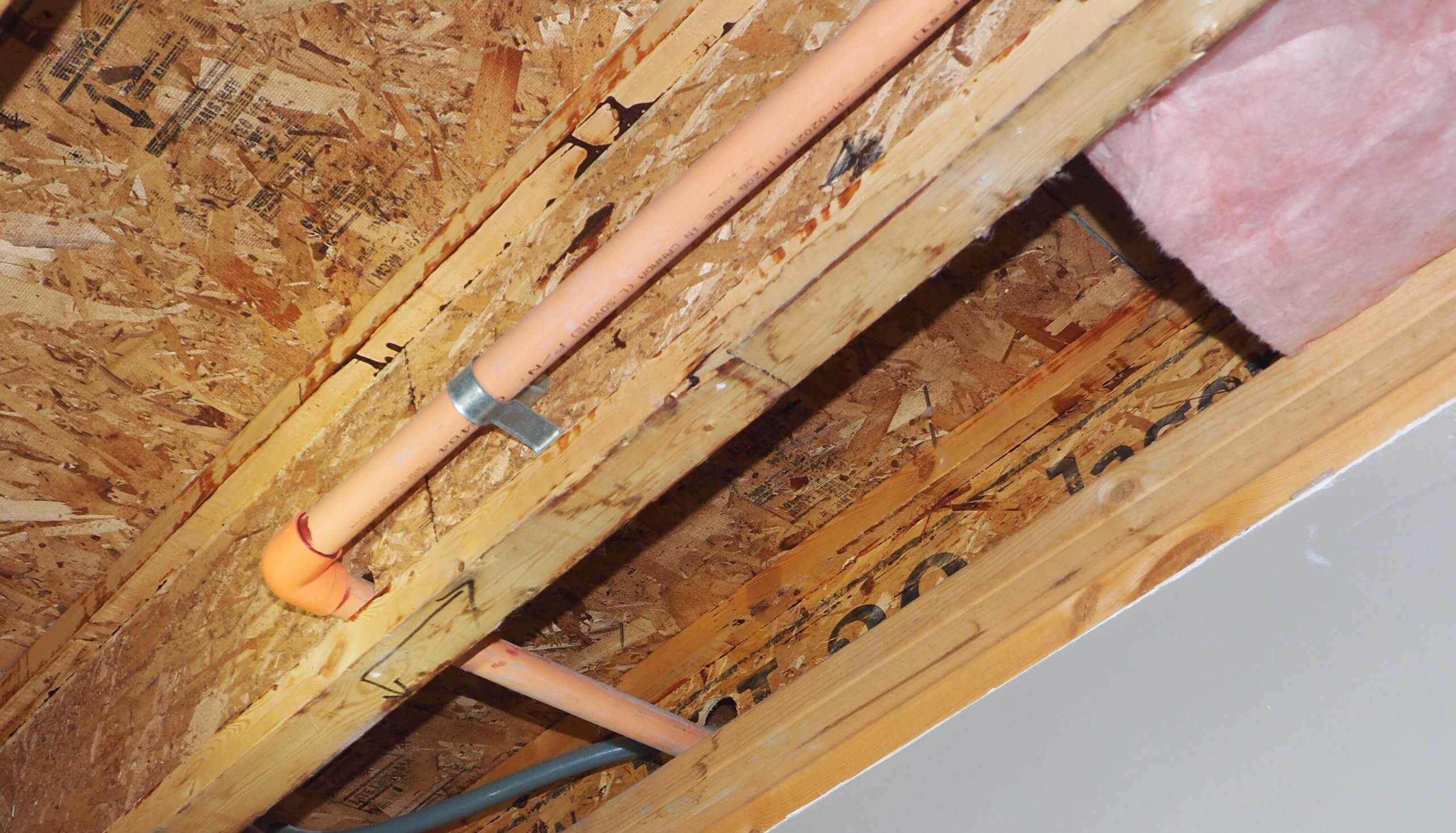By Shane Kasprick, P.Eng.
During the review of structural damage to a building, building code violations or construction defects are often identified. Regardless of whether they originate from an incident such as a vehicle impact, fire, or water loss, or are discovered while investigating the cause of incidents such as water ingress, cracking of interior finishes, or excessive deflections of structural elements, these deficiencies must be repaired to ensure the safe occupancy and use of the building.
Building codes are in place to ensure that, at a minimum, structural integrity, public health and fire and safety standards are met. Building codes protect the property and occupants from a wide range of potential safety and structural hazards, ranging anywhere from handrail requirements to the size and connections of structural elements. The building code in effect today for most structures is the 2020 Building Code of Canada published by the National Research Council of Canada. Several provinces have adopted their own codes based on the National Building Code. Part 9 of the building code contains prescriptive requirements for the construction of Housing and Small buildings. It is within this section that most building code requirements for residential dwellings can be found.
Simply put, a building code violation occurs when any of the work is not completed in accordance with the standards specified in the building code. This can range from a stair riser not being within the prescribed range to the size and spans of the structural elements that make up the building and everything in between, including electrical, plumbing, and fire protection.
A construction defect or deficiency is when the completed work fails to adequately perform its required function and often is attributed to poor workmanship. A construction defect can often also be a building code violation, however not all construction defects are code violations. Construction defects can lead to premature failure of the components or systems or prevent the elements from performing as intended reducing the serviceability and life of the element.
A common example of a construction defect resulting from poor workmanship would be exterior water ingress leading to wood rot from improperly installed waterproofing membrane (flashing) around windows, doors, or other penetrations. This scenario would not necessarily be a building code violation as the waterproofing membrane (flashing) was installed, however due to poor workmanship (installation) water ingress still occurred, resulting in damage.

A construction defect that could also be a code violation would be something like a hole cut through a wooden beam to allow for a sanitary plumbing line to be installed. The beam could have been sized and installed per the building code requirements but was altered during construction possibly leaving it unable to perform as intended. Depending on the size and location of the hole and if it is left unrepaired, the structural capacity of the beam could be reduced, resulting in excessive deflections or even structural failure. There are building code requirements for the size and location of any holes cut through beams.
It’s important to consider that the building codes are forever evolving, so the building code in effect today might not have the same requirements as the code that was in effect at the time the building was constructed. Buildings constructed in accordance with earlier codes do not usually need to be upgraded to the current building code every time a new code is issued, however any structural modifications and/ or repairs to a building must be completed in accordance with the most current building code. This includes repairing any construction defects that are encountered. As such, a repaired element may need to be upgraded or strengthened to meet the current code requirements as part of the repairs to a specific incident. For structural repairs, this could include increasing the size of a member, reducing the spacing of members or modifying the configuration of a structure to meet the current code requirements.
Quite often, the permitting authority will require a professional engineer to review any structural damages or modifications to identify any current code deficiencies, to prepare detailed repair plans and/or inspect repairs to ensure the work completed is in accordance with the most current building code. While permit inspections may not always be necessary for Part 9 buildings (houses and small buildings), it is important to ensure that the permit requirements are understood from the onset of repairs; it often becomes imperative to have a professional engineer involved whenever repairs or structural modifications are being completed. Simply replacing the structural elements as they were constructed (like for like) may not meet the current code requirements.
If you require the services of a professional engineer for a structural-related file, our team will be happy to assist you.
